Do you have a disability as defined by ADA law or that has been diagnosed by a medical or mental health professional?
Not sure if your situation applies? You can call this confidential ADA Information Line: 800-514-0301 (Voice) or 800-514-0383 (TTY).
Can a Service Dog perform actual physical tasks for you?
Do you have the financial and physical ability to properly care for a Service Dog?
Do you have the ability to properly train and work with a Service Dog?
It is very important to recognize that if you cannot keep up with regular training, your Service Dog will stop performing the tasks and high standard of behaviors that have been trained.
There are many programs that offer service dogs for free (all of which have waiting periods of 2-7 years). Because of this, many people look into other organizations that charge for their Service Dogs or opt to owner train. There are many grant and fundraising options that can greatly help cover costs. However, if you are training a Service Dog yourself you must be able to financially afford to;
- Hire a professional who can help you determine if your dog has a suitable temperament for service dog work and/or help you find a dog that does.
- Hire a professional to help you learn how to safely and appropriately handle a dog out in public and teach you how to safely train tasks to ensure no harm comes to you or your dog.
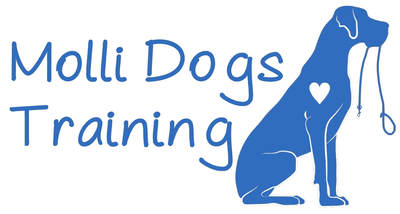
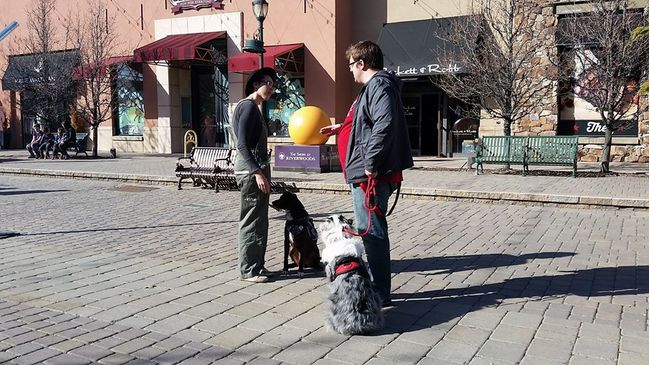
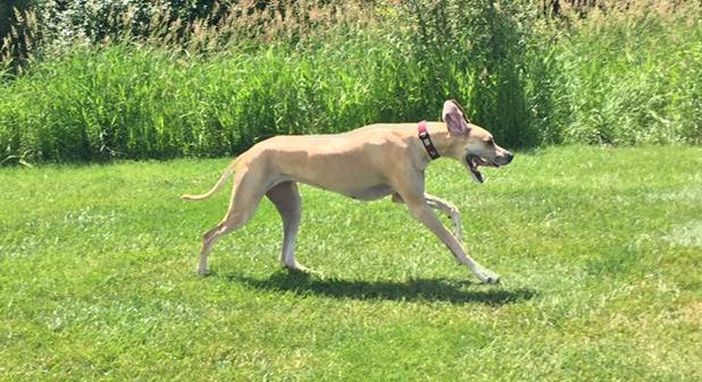
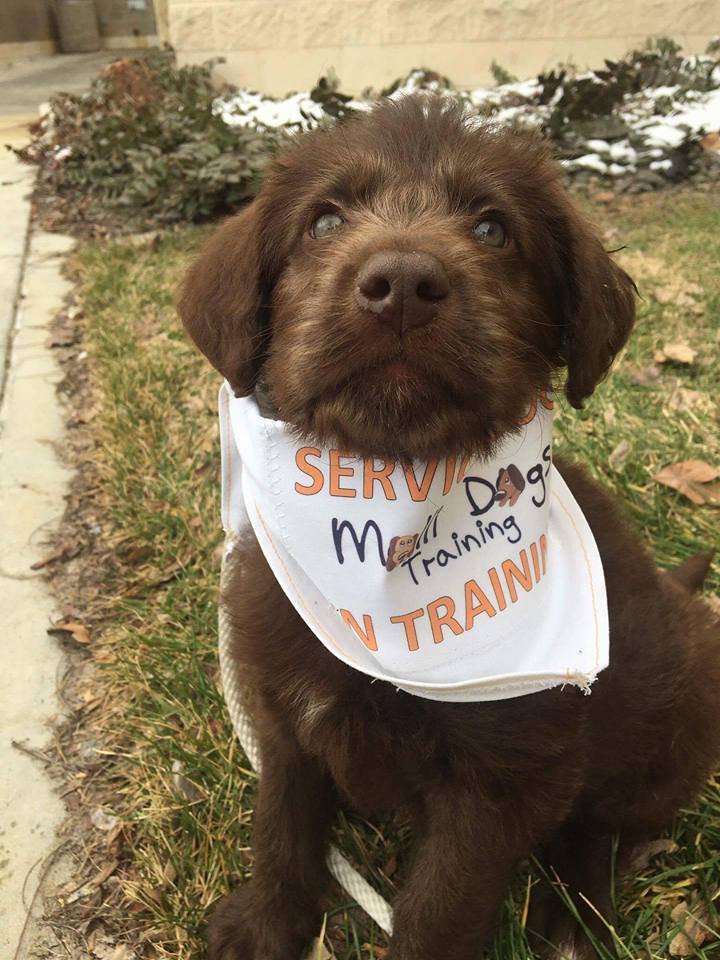
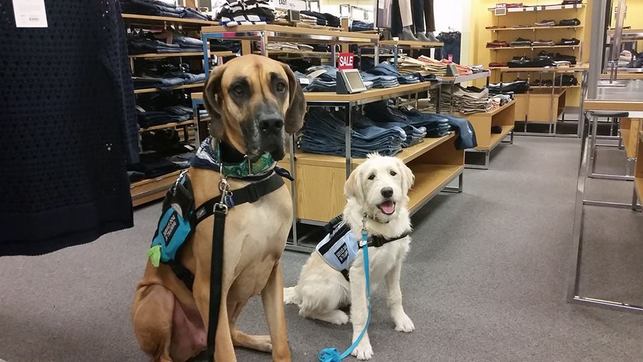
 RSS Feed
RSS Feed